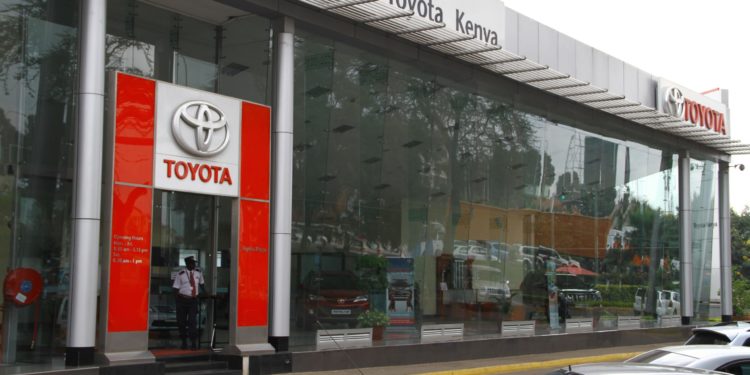The Competition Authority of Kenya (CAK) has given the green light to CFAO Motors Kenya Limited’s substantial investment in Kenya Vehicle Manufacturers Limited (KVM), stating that the move is unlikely to disrupt competition or harm public interest in the automotive sector.
The approval comes after thorough analysis, with the CAK concluding that the investment will not adversely impact the market for assembling and distributing new motor vehicles. “This transaction will not lead to a substantial lessening of competition in the market for new motor vehicle assembly and distribution in Kenya,” the CAK stated in its decision.
CFAO Motors, a major player in Kenya’s automotive industry, is poised to increase its stake in KVM through an equity injection, resulting in a 98% shareholding. This infusion of capital aims to help KVM settle its debts and enhance its operational capabilities. The transaction was deemed a merger under the Competition Act CAP 504, necessitating CAK’s approval due to the combined turnover of the involved entities exceeding KES 1 billion.
CFAO Motors, whose shareholders include CFAO SAS and Toyota Tsusho Africa, operates across various segments of the automotive industry, from distribution to aftersales services for brands such as Toyota, Hyundai, and Mercedes-Benz. KVM, partly owned by the Government of Kenya and CMC Holdings Limited, specializes in the assembly of semi knocked-down (SKD) passenger vehicles, completely knocked-down (CKD) truck vehicles, and custom vehicle fabrication.
The CAK’s analysis identified the relevant market as the national market for the assembly and distribution of new motor vehicles. Key players in vehicle assembly include Isuzu East Africa, Associated Vehicle Assemblers, Trans-Africa Motors, Mobius, and KVM. CFAO Motors holds a significant presence in the distribution segment, with a market share of 30%, trailing Isuzu East Africa’s 44%.
The CAK noted that the post-merger market share of the combined entity would remain stable since CFAO Motors and KVM operate at different production levels. “The acquirer is merely increasing its shareholding in the target, an existing player,” the CAK explained, emphasizing that the market structure and concentration would remain unaffected.
Addressing public interest, the CAK highlighted several positive outcomes from the merger. The investment is expected to revive KVM’s operations, creating more employment opportunities and enhancing the firm’s competitiveness on the international stage. “The acquirer’s plan to revive the target by injecting capital will, in the long-term, make it profitable and create more employment opportunities,” the CAK stated. Furthermore, the transaction is not expected to impact small and medium enterprises’ access to the market.

















